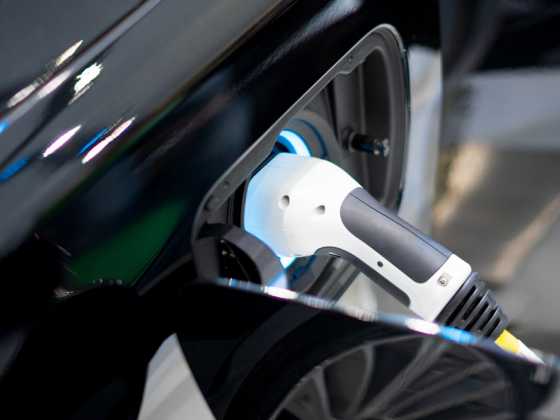EVs more resilient as car market expected to shrink by 23%

The latest Electric Vehicle Outlook report by Bloomberg NEF (BNEF) shows that while sales of electric passenger vehicles are forecast to fall 18% in 2020, sales of combustion engine cars are set to drop even faster this year (by 23%) - and the long-term electrification of transport is projected to accelerate in the years ahead.
The report shows electric models accounting for 58% of new passenger car sales globally by 2040, and 31% of the whole car fleet. They will also make up 67% of all municipal buses on the road by that year, plus 47% of two-wheelers and 24% of light commercial vehicles.
The figures have major implications for oil and electricity markets. Transport electrification, particularly in the form of two-wheelers, is already taking out almost 1 million barrels of oil demand per day and by 2040 it will remove 17.6 million barrels per day. Electric vehicles (EVs) of all types are seen adding 5.2% to global electricity demand by 2040.
Colin McKerracher, head of advanced transport for BNEF, commented: “The Covid-19 pandemic is set to cause a major downturn in global auto sales in 2020. It is raising difficult questions about automakers’ priorities and their ability to fund the transition. The long-term trajectory has not changed, but the market will be bumpy for the next three years.”
BNEF’s analysis suggests that global sales of internal combustion engine, or ICE, cars peaked in 2017 and will continue their long-term decline after a temporary post-crisis recovery. For the first time, BNEF sees overall new passenger vehicle sales peaking in 2036 as changing global demographics, increasing urbanization and more shared mobility outweigh the effects of economic development – though the fleet size keeps growing. Electric models are seen accounting for 3% of global car sales in 2020, rising to 7% in 2023, at some 5.4 million units.
Further falls in lithium-ion battery prices will mean that the lifetime and upfront costs of an electric car ‘cross over’ with those of ICE equivalents in around 2025, on average. However, the date will vary greatly depending on the market, as early as 2022 for large cars in Europe but 2030 or after for small ones in India and Japan.
This year’s Outlook breaks new ground in examining prospects for the growth of electric two-wheelers and fuel-cell vehicles, using hydrogen. It sees the latter technology accounting for 3.9% of heavy-duty commercial vehicle sales and 6.5% of municipal bus sales globally by 2040, but with higher shares in East Asia and parts of Europe. Fuel cells are not seen encroaching far into lighter-duty commercial or passenger car markets.



